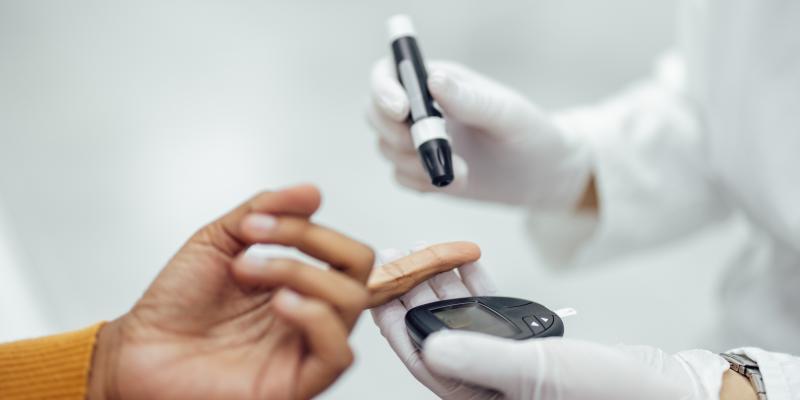It’s called the A1C test, and it’s a powerhouse.
It can identify prediabetes, which raises your risk for diabetes. It can be used to diagnose diabetes. And it's used to monitor how well your diabetes treatment is working over time. It's also a critical step in forming your game plan to manage diabetes with your diabetes care team.
The big picture: monitoring treatment
This relatively simple blood test can tell you a lot. The test results give you a picture of your average blood glucose (blood sugar) level over the past two to three months. The higher the levels, the greater your risk of developing diabetes complications. Your doctor will tell you how often you need the A1C test, but usually you’ll have the test at least twice a year if you’re meeting your treatment goals. If you're not meeting your goals or you change treatments, you may need to get an A1C test more often.




